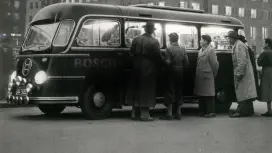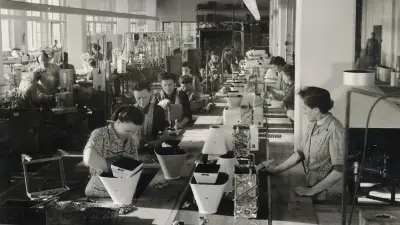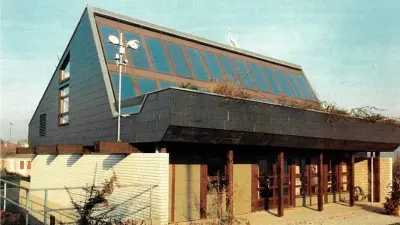Bosch heat pumps reach their half-century
Alternative energy and conservation of resources
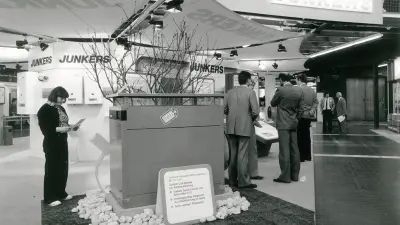
At Bosch in the 1970s, the oil crisis intensified efforts to develop energy-efficient heating systems. With pioneering projects such as the “Tritherm” house and the first installed heat pumps, Bosch laid the foundations for its current heating, ventilation, and air conditioning division, the Bosch Home Comfort Group. Now, in 2025, it is planning the biggest acquisition in the company’s history.
A far-sighted decision pays off
In the 1970s, the oil crisis shook the growth-oriented West. For the first time, alternative energy and the conservation of resources moved center-stage. For Wolfgang Liebrich as well, the oil crisis sparked a change of heart: “Like many people my age, I remember the empty freeways we saw on our Sunday walks. For my wife and me, this sight coincided with the plans we were making for our current house here in Hattenhofen. Even back then, we were certain that we wanted the building’s energy supply to be fossil-free.” Liebrich decided to install a heat pump built by Junkers, which was then a Bosch division. To do this, he laid around 1,000 meters of plastic hose for the surface collectors in his garden. Despite his pioneering work, and despite the clear evidence that it worked, no one in the neighborhood followed his lead. “It’s only in the last ten years that we’ve started to see air-to-water heat pumps being installed here in Hattenhofen, just like everywhere else in Germany. I was a real pioneer, and I’m proud of it,” a delighted Liebrich says. “In fact, the heat pump worked for 43 years without breaking down once. It was regularly serviced, and the coolant circuit was checked every three years — but that was it.” But after 43 years, Liebrich began to worry he might not be able to get spare parts for his tried and tested system, so he turned to the experts at Bosch. This type of heating system was obviously reliable, so he once again opted for a Bosch heat pump. What impressed him about the new brine-to-water heat pump wasn’t just its particularly economical operation, but also how it could be seamlessly integrated with the 43-year-old surface collectors and his existing solar panels.
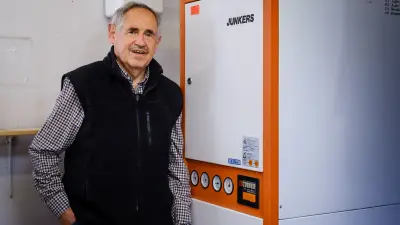
From prototype...
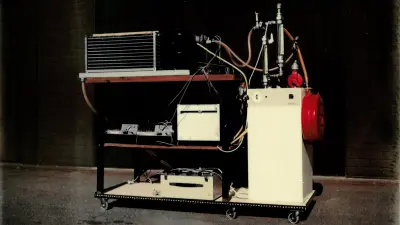
Even before the oil crisis, the heating technology industry had been promoting energy efficiency, but the new circumstances created an additional incentive. In March 1975, Bosch presented a prototype water-to-water Junkers heat pump at the International Sanitary and Heating (ISH) trade fair in Frankfurt, Germany. This innovative heat pump used well water as a heat source and was suitable for heating domestic hot water both in summer and in winter. The prototype boosted confidence in a heating system that was modern and efficient. The aim was to start production of the first generation by the end of 1975.
...to single-family home
Over the following year, Junkers continued its research into the “Tritherm” house. This single-family home, built on the factory premises in Wernau in 1976, was used for research into alternative sources of energy that would help conserve resources. It was equipped with a heat pump, 25 solar collectors, and a gas-fired central heating system as a reserve for particularly cold winter days. Engineers gained important insights into how best to use and combine different heat sources. Today, heat pump-hybrid solutions, which combine an air-to-water heat pump with a boiler for peak loads, are an excellent choice for gradually promoting the uptake of climate-neutral heating systems in buildings. The Bosch Home Comfort Group’s portfolio of solutions also includes retrofitting existing condensing boilers with an external heat-pump unit.
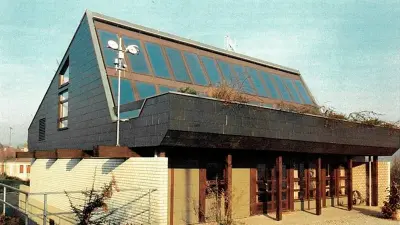
Heat pumps — making use of ambient energy
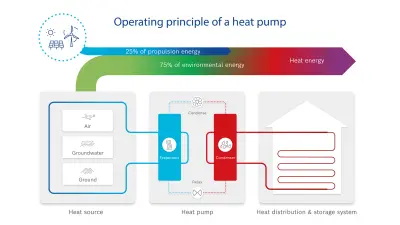
Heat pumps were already in use before the 1970s, and the basic principle behind them has remained unchanged. They extract energy from either the ambient air, the ground, or groundwater and convert it into heating energy and hot water. A heat pump works like a refrigerator, but in reverse. While a refrigerator cools itself by extracting heat from its interior and releasing it unused into the outside air, a heat pump extracts heat from its surroundings and uses it to heat the inside of a building. Because this process generates a substantial amount of heat from a minimal amount of input energy, it is an efficient and environmentally friendly heating solution.
A clear path for the future: innovative, energy-efficient solutions that help mitigate global warming
For decades, Bosch has been investing in the development and manufacturing of heat pumps as well as in the training of heating engineers. For the building sector, heat pumps are a key technology for achieving climate targets. Owing to significantly increased demand, Bosch has been investing heavily in expanding its European heat-pump development and manufacturing network since 2018. In 2024, Bosch continued its growth course with plans for the strategic acquisition of the global HVAC solutions business for residential and light commercial buildings from Johnson Controls. As part of this transaction, Bosch also intends to acquire 100 percent of the Johnson Controls-Hitachi Air Conditioning (JCH) joint venture, including Hitachi’s 40 percent stake. Bosch chairman Stefan Hartung says: “As the biggest acquisition in Bosch history, this is an important milestone in the systematic implementation of our strategy for 2030.” This acquisition will give Bosch a leading market position worldwide in the promising heating, ventilation, and air-conditioning market, and also strengthen its presence in the U.S. and Asia.
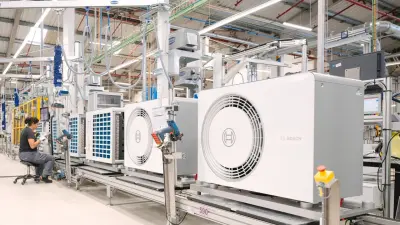
Author: Carmen Senger
